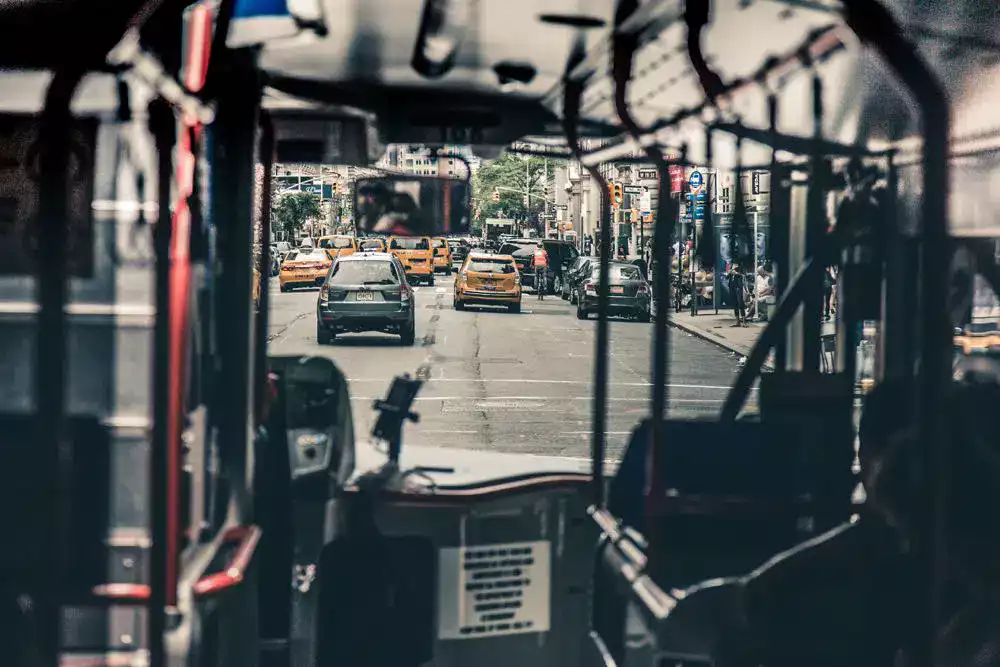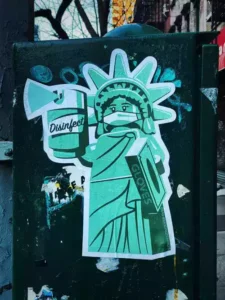New York City has seen some of the highest numbers in the COVID-19 crisis. Much of this is due to the size, density, and layout of the city in comparison to the rest of the United States. Although efforts are being taken to minimize the spread, numbers continue to rise as we enter May. Recently, NYC council members have even called on Governor Cuomo to close MTA subways and buses. The MTA has responded by introducing a program that will suspend service during the early morning hours to disinfect trains and stations.
New York City
It might be unsurprising that a city of 8.6 million, a large portion of whom are public transit commuters, is one of the hardest-hit cities during this crisis. With closely packed housing, streets, buses, and trains, safety measures in NYC are perhaps more crucial to take seriously than anywhere else in the nation, both on a personal level and citywide. One of these measures in NYC is rear-boarding for MTA buses. The only problem is that buses aren’t set up to receive fares from the rear entrance. This means that, essentially, bus riders have been able to ride for free.
Free Busing
Back in March, MTA buses, in an effort to help protect both riders and bus drivers alike, began rolling out a rear-door boarding initiative. The only problem, at least for the MTA, is that, even now, not all buses are set up to receive payment at the rear entrance. So, although the $2.75 fare was still technically in effect, many passengers have been able to ride cost-free since march.
Now buses are going fare-free as a matter of policy and not just practicality. Recently the MTA suspended fare collection on all buses as a further measure to stop the spread of the virus. Likely also with consideration of the de facto fare-free busing that has been going on for some time now.
Some cities, like Boston, are even heavily investing in new fare systems to allow for people to swipe to pay their fare at the rear entrance. Implementation of such a practice can be costly, and the MTA is already in dire financial straits as it is.
MTA Seeking $4 Billion Bailout
With ridership plummeting, MTA is seeking a $4 billion federal bailout to stay afloat. The Coronavirus has created what many believe to be NYC’s local economy’s worst financial crisis in decades. Where does this $4 billion figure come from? The transit authority projects that their loss in revenue from ridership decline due to COVID-19 will reach $3.7 billion over the next few months. Meanwhile, expenses directly related to COVID-19, such as disinfecting subway cars and stations, could reach $300 million in the same timeframe.
Other Safety Measures
In the past couple of weeks, a number of other safety measures have been discussed, namely the idea to install plexiglass in MTA buses to separate drivers from passengers. MTA is already installing plexiglass barriers at all 28 bus depots, but there has also been a push to test this out on the buses themselves.
Since the very beginning of March, MTA has distributed millions of gloves, hundreds of thousands of masks, as well as other equipment to their workers, but the addition of plexiglass barriers in common work areas is a further step intended to keep to social distancing measures and keep workers safe. Many see the addition of plexiglass barriers on all of the buses as an extension of that same philosophy.
The MTA is working to make sure that buses and trains are still as safe as possible in the meantime for both workers and passengers alike. Upon arrival to work MTA employees have their temperature checked using a thermal scan, and those whose temperature exceeds 100.4 degrees will be sent home and directed toward medical attention. This “temperature brigade” now tests 2,000 employees a day, underscoring the MTA’s commitment to the safety of their workers and to the health of the public.









